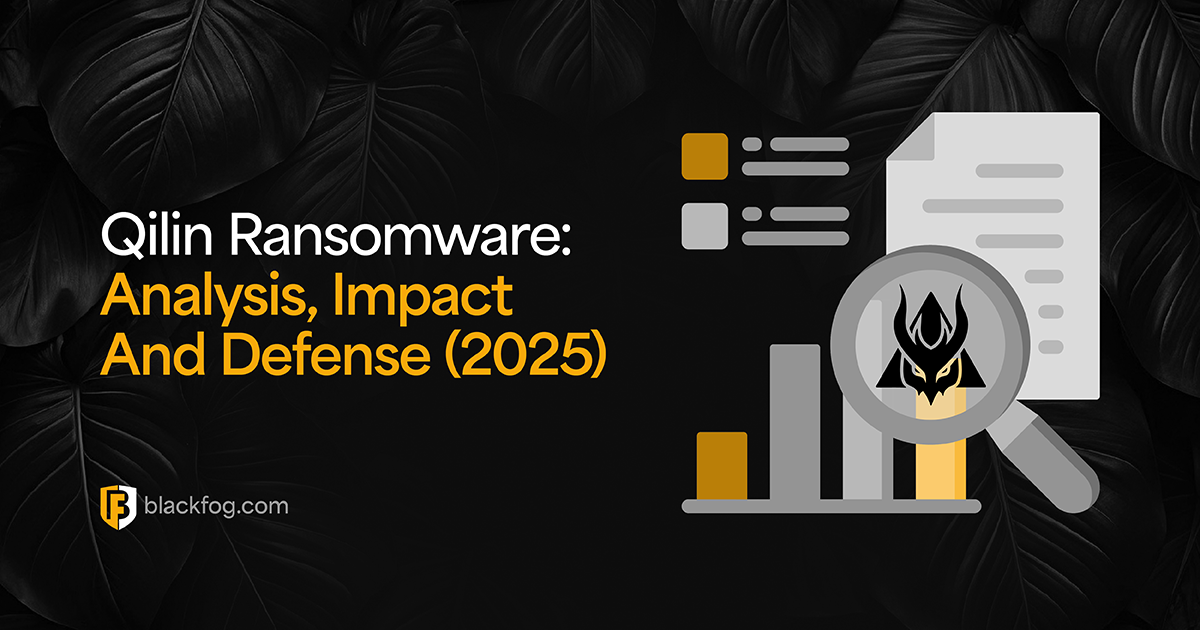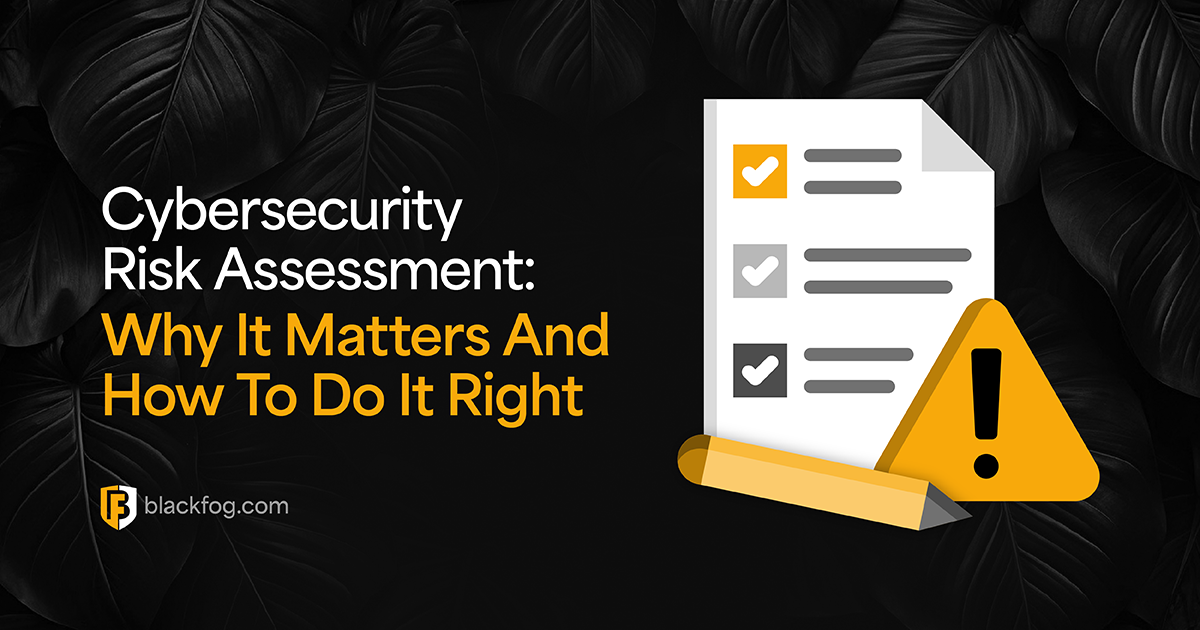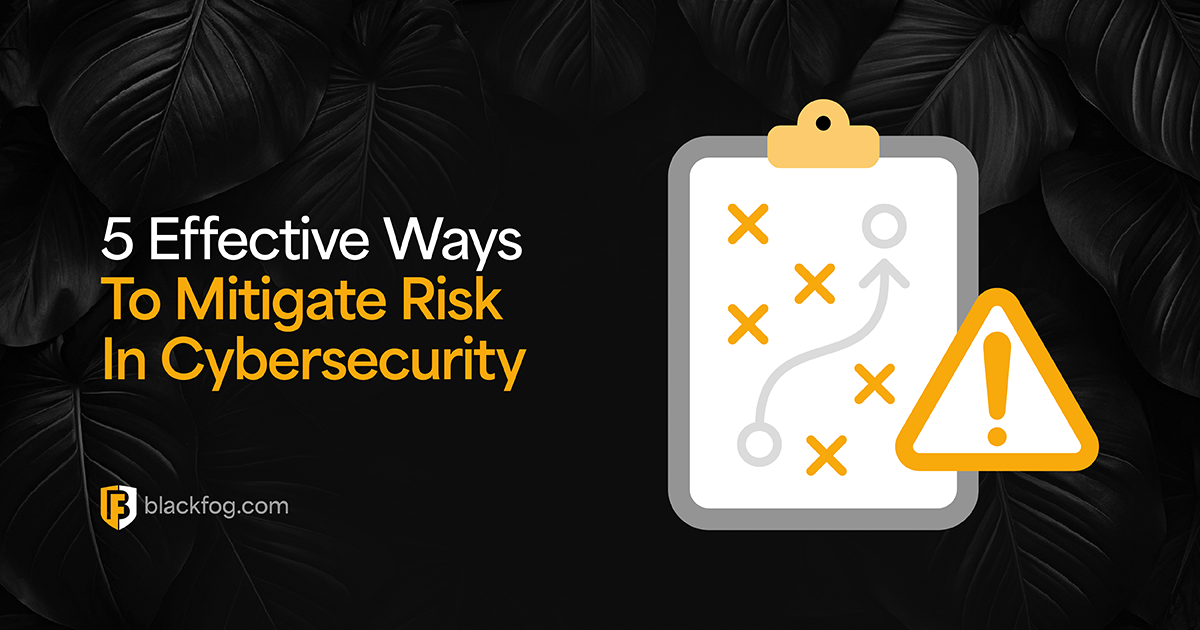
ADX Executive Summary
Data exfiltration is a significant threat to organizations and is implicated in many types of cybersecurity incidents. For example, ransomware gangs use both encryption that causes operational disruption for the victim and the threat of exposing exfiltrated data if the ransom demand is not paid. Preventing data exfiltration remains a weakness for many organizations, despite having a complex set of cybersecurity tools already, including data loss prevention (DLP) solutions. A new approach is needed to stop the threat and consequential damage of data exfiltration. In this white paper, which has been prepared by Osterman Research, we report on a survey on data exfiltration and introduce the category of Anti Data Exfiltration (ADX) cybersecurity solutions. A summary of findings is also presented in this infographic. This research paper outlines the following key elements.
KEY TAKEAWAYS
- Data exfiltration is a significant threat
Organizations report that preventing data exfiltration is increasingly important and affected by several wider trends, such as high-profile ransomware incidents involving double or triple extortion tactics. - Despite having many cybersecurity tools, data exfiltration is still happening
Eighty percent of organizations are currently using up to 10 separate cybersecurity solutions, and larger organizations often have more. Despite having these protections in place, organizations are still facing a range of security incidents each year that include data exfiltration. - Organizations are not confident they can stop data exfiltration
Most organizations do not believe their current protections can stop data exfiltration, prevent insiders from exfiltrating data, or prevent ransomware attacks, among other areas of concern. - Data loss prevention (DLP) tools are not working
Most respondents indicate that DLP tools are not working at their organization as a means of preventing data exfiltration: DLP is difficult to configure and challenging to maintain, and still does not prevent data exfiltration. - Something new is needed to stop data exfiltration
Despite the list of current cybersecurity solutions in place today, and since DLP solutions are proving ineffective at stopping data exfiltration, something new is needed to protect organizations from the data exfiltration threat. - Introducing Anti Data Exfiltration (ADX) for on-device protection
Anti Data Exfiltration (ADX) provides a new approach for keeping sensitive data secure at the endpoint. ADX controls the way information flows through networks and offers the most direct way of protecting personal information, securing intellectual property, and disrupting the attack chains used in cyberattacks.
Learn more about how BlackFog protects enterprises from the threats posed by data exfiltration.
Share This Story, Choose Your Platform!
Related Posts
Qilin Ransomware: Analysis, Impact and Defense (2025)
In-depth 2025 Qilin ransomware analysis covering its rise, attack chain, intimidation tactics, double extortion model, and defense strategies.
Kerberoasting Attack Explained: Example And Prevention Guide
Kerberoasting attack explained with examples, detection tips, and prevention steps. Learn how to secure Active Directory from credential theft.
BlackFog Appoints Former Yahoo CFO Kenneth A. Goldman To Board Of Advisors
Kenneth A. Goldman joins BlackFog’s Board of Advisors, bringing decades of tech and finance leadership to accelerate enterprise growth and AI-based data protection.
Why Every Business Needs A Cybersecurity Roadmap
Find out what's involved in creating a cybersecurity roadmap and how having one can help navigate an extremely challenging threat landscape.
Cybersecurity Risk Assessment: Why It Matters And How To Do It Right
What do you need to complete a successful cybersecurity risk assessment and how can outsourced solutions like a virtual CISO aid in the process?
5 Effective Ways To Mitigate Risk In Cybersecurity
Follow these five proven strategies to help your firm mitigate risk in cybersecurity and ensure effective protection in today’s challenging digital environment.






